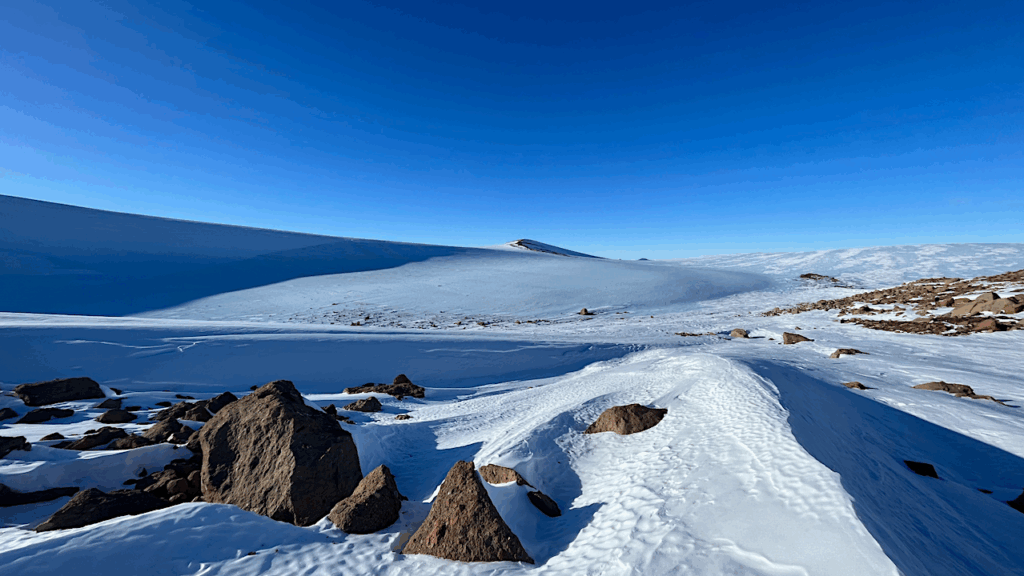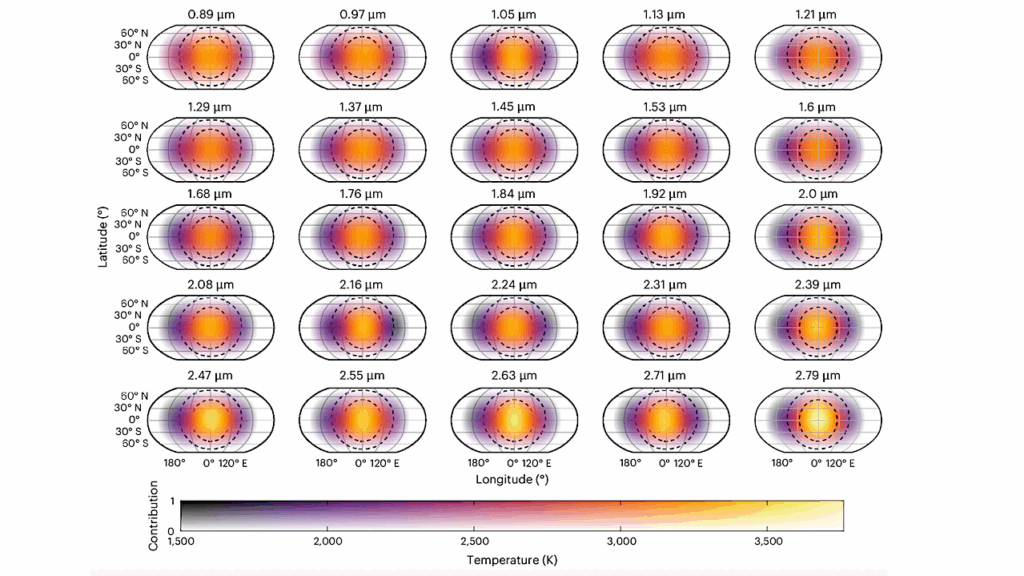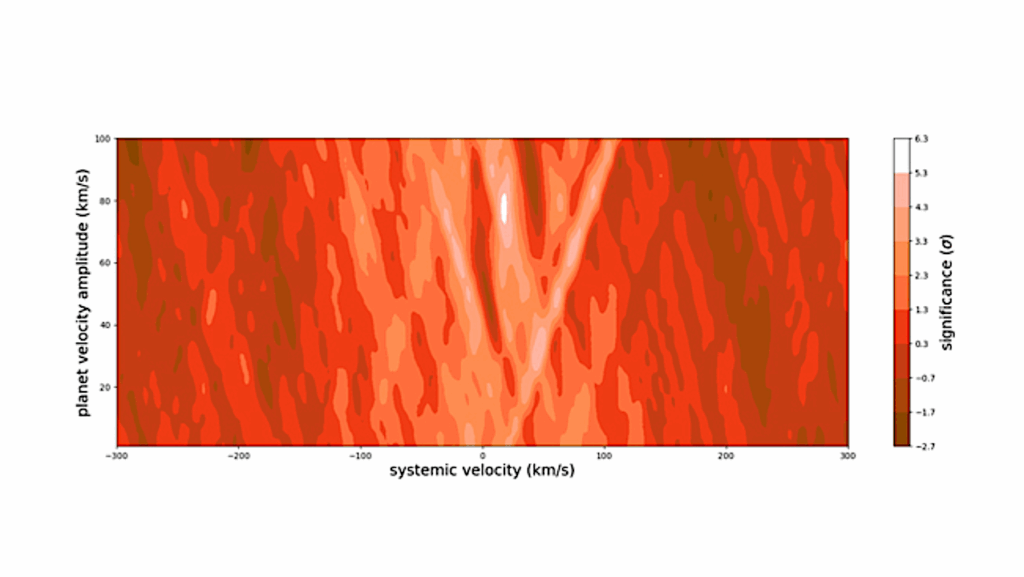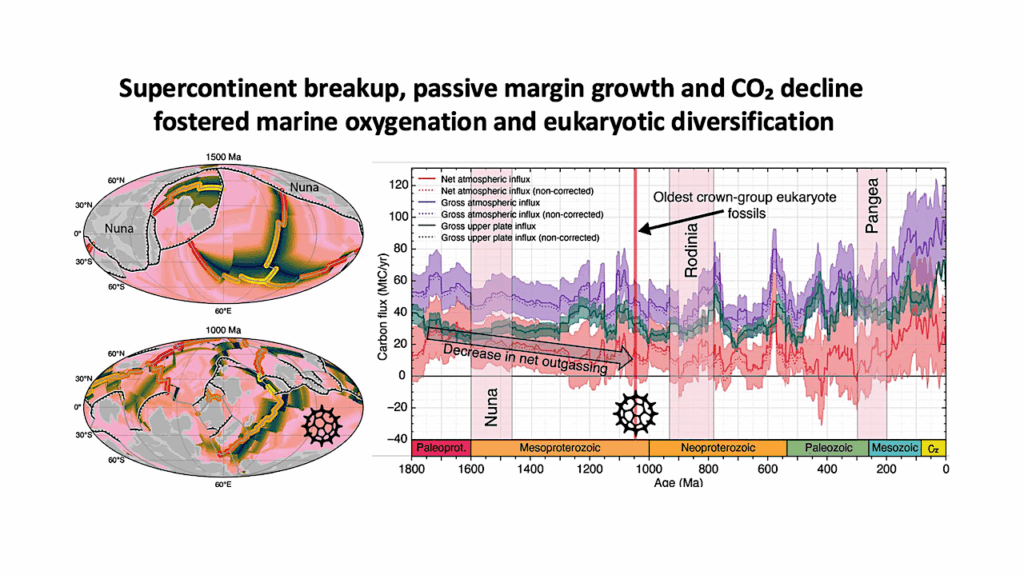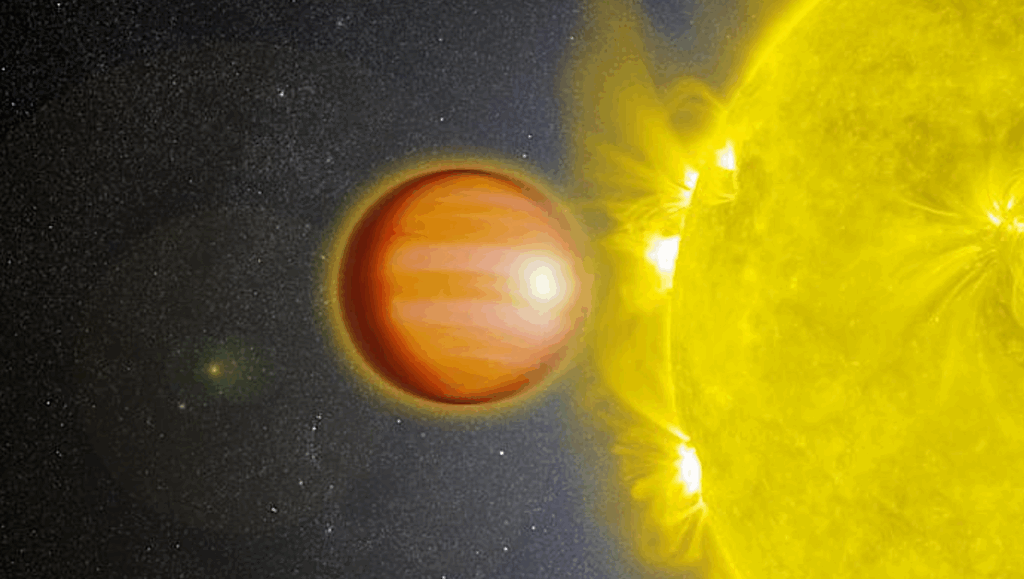LHS 1140 b Is A Potentially Habitable Water World

LHS 1140 b is a small planet orbiting in the habitable zone of its M4.5V dwarf host. Recent mass and radius constraints have indicated that it has either a thick H2-rich atmosphere or substantial water by mass.
Here we present a transmission spectrum of LHS 1140 b between 1.7 and 5.2 μm, obtained using the NIRSpec instrument on JWST. By combining spectral retrievals and self-consistent atmospheric models, we show that the transmission spectrum is inconsistent with H2-rich atmospheres with varied size and metallicity, leaving a water world as the remaining scenario to explain the planet’s low density. Specifically, a H2-rich atmosphere would result in prominent spectral features of CH4 or CO2 on this planet, but they are not seen in the transmission spectrum.
Instead, the data favors a high-mean-molecular-weight atmosphere (possibly N2-dominated with H2O and CO2) with a modest confidence. Forming the planet by accreting C- and N-bearing ices could naturally give rise to a CO2– or N2-dominated atmosphere, and if the planet evolves to or has the climate-stabilizing mechanism to maintain a moderate-size CO2/N2-dominated atmosphere, the planet could have liquid-water oceans.
Our models suggest CO2 absorption features with an expected signal of 20 ppm at 4.2 μm. As the existence of an atmosphere on TRAPPIST-1 planets is uncertain, LHS 1140 b may well present the best current opportunity to detect and characterize a habitable world.
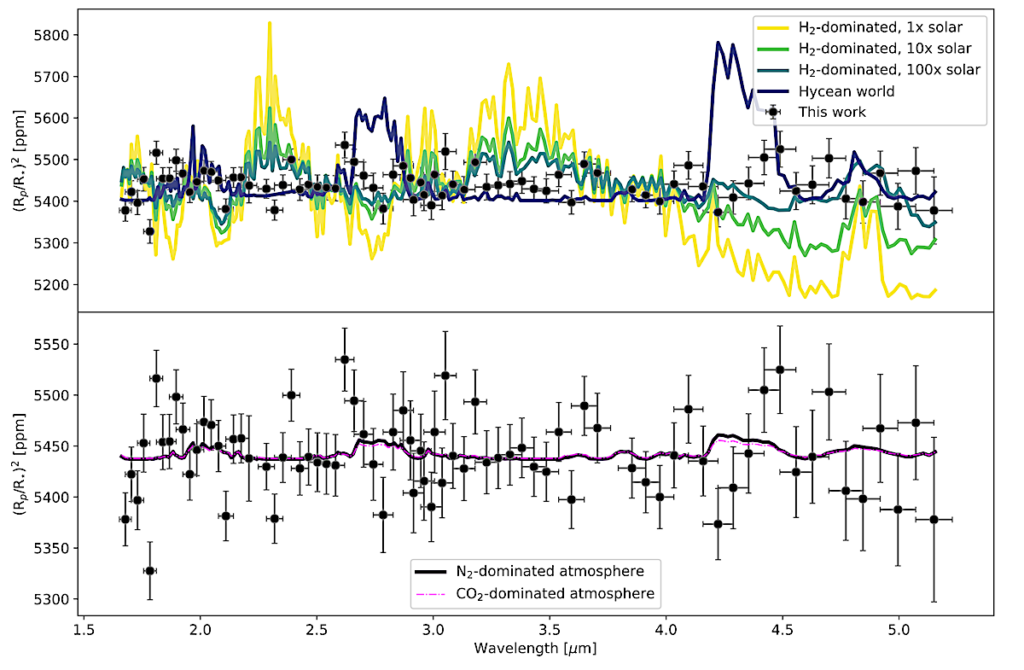
Self-consistent atmospheric models of LHS 1140 b compared to the JWST data. Top panel shows the massive H2-rich atmosphere models with varied metallicities as well as the small H2-dominated atmosphere with CO2 model (“hycean world”). χ 2 =1405, 506, and 289 for the 1×, 10×, and 100× solar metallicity models, respectively, and χ 2 =473 for the hycean model. These models are ruled out by the data with a p-value < 0.00001. Bottom panel shows the N2– and CO2-dominated atmosphere models. χ 2 =118 for both models. — astro-ph.EP
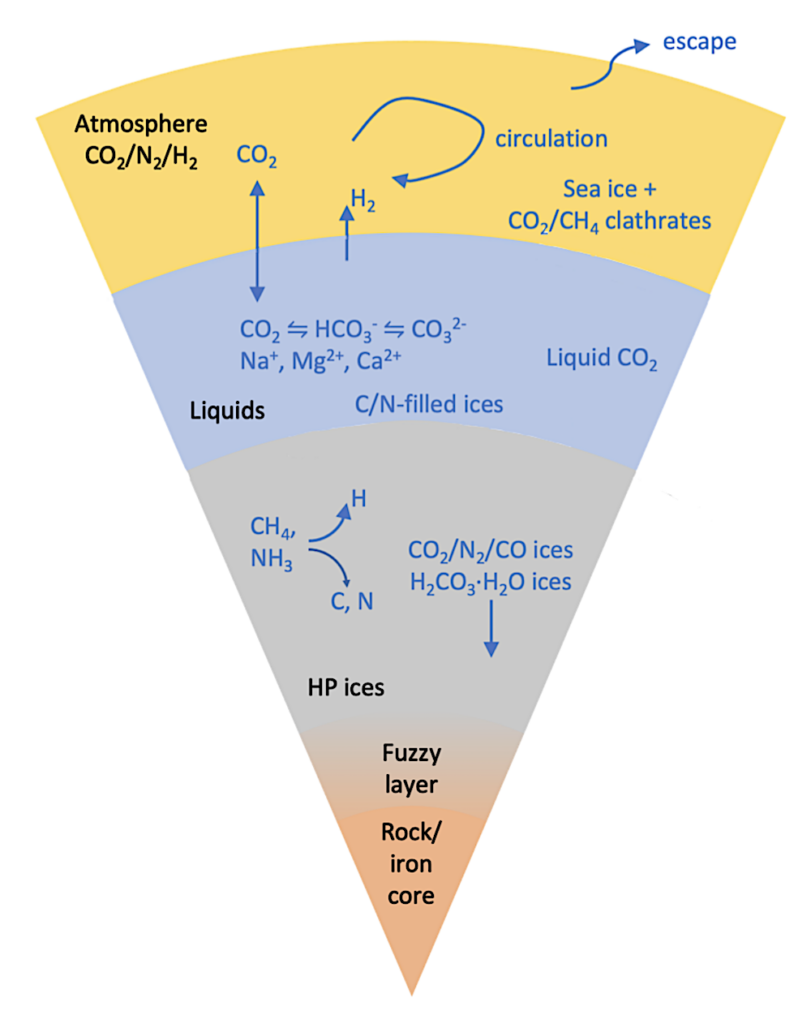
Potential processes that partition C and N species between the atmosphere, the ocean, and the HP ices in a cold water world like LHS 1140 b. Summarized based on Levi et al. (2017); Ramirez & Levi (2018); Levi & Cohen (2019); Marounina & Rogers (2020); Vazan et al. (2022); Kovaˇcevi´c et al. (2022). — astro-ph.EP
Mario Damiano, Aaron Bello-Arufe, Jeehyun Yang, Renyu Hu
Comments: 18 pages, 10 figures, 5 tables
Subjects: Earth and Planetary Astrophysics (astro-ph.EP)
Cite as: arXiv:2403.13265 [astro-ph.EP] (or arXiv:2403.13265v1 [astro-ph.EP] for this version)
Submission history
From: Mario Damiano
[v1] Wed, 20 Mar 2024 03:02:16 UTC (18,440 KB)
https://arxiv.org/abs/2403.13265
Astrobiology


